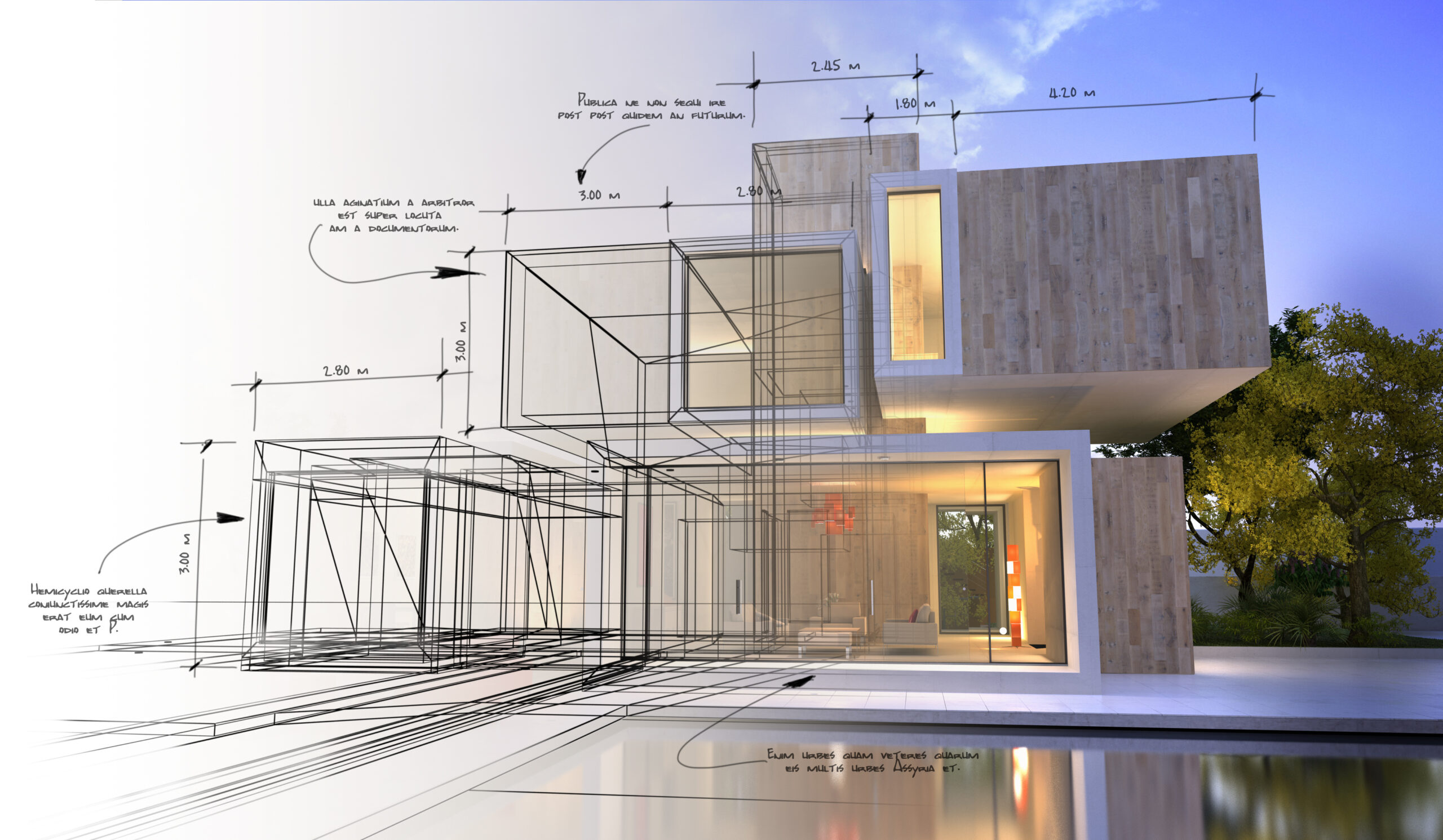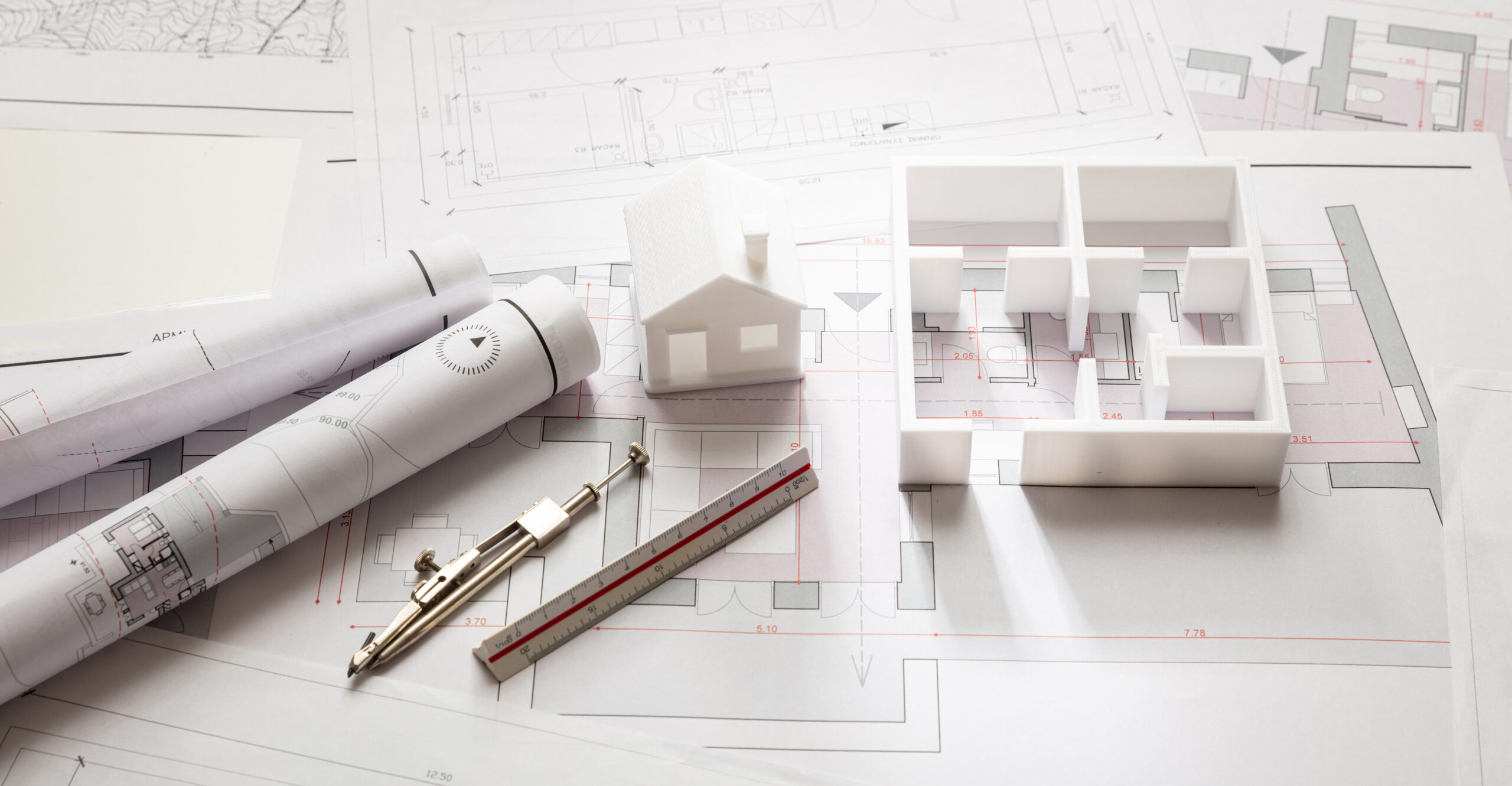The Intersection of Architecture and Market Research: A Study of B2B and B2C Dynamics
Architects are a key demographic for market researchers. Learn how both B2B and B2C sectors can take advantage of this essential group.
Why AI Tools Built by Researchers Make a Difference
Learn more about AI-powered market research tools and why tools build by researchers for researchers are leading the charge. By: Erik Larson Date:...
Customer Survey Best Practices: Unlocking Insights Through Your Customer List
Learn how to leverage customer lists for market research. Explore best practices, address low response rates, and drive actionable insights. Date:...
Introduction
Take a step outside. No matter where you are, everywhere you look, your environment has been shaped by architects. Your office building, your neighborhood, your favorite bar all came from an architect’s initial concept.
This puts architects in a unique position, providing significant influence across a range of professional industries. After all, architects must understand the needs of the buildings they’re designing.

Throughout this article, we’re going to discuss how architects are studied by market researchers for both B2B and B2C purposes.
Why Architects Matter to Market Research
Architects are responsible for building up the modern world. Understanding the thought processes behind their designs can help market researchers gather more insights for their own research purposes.
Learn more about how architects and their work can impact both B2B and B2C market research.
Architects in the B2B Sector
In B2B markets, architects play a key role in the procurement of a vast range of products. They’re in charge of finding the right materials, products, and services for their various projects.
With that in mind, manufacturers and suppliers across related industries (i.e., construction, engineering, interior design) tend to keep an eye out for new architecture trends and preferences. This keeps manufacturers on the cutting edge of new design ideas so they can fulfill the demand that these architects will bring.
Because architects have such a crucial role in the development of these new materials, products, and services, they’re frequently a focal point in B2B market research efforts.
Key drivers for B2B market research on architects include:
- Product specification: Architects are often responsible for selecting the products and materials used within a project, impacting manufacturers’ sales and product development strategies.
- Technological innovation: It’s important for technology to keep up with architecture demand, ensuring they have the proper tools for designing and rendering their projects.
- Project scale and influence: As architects may work on large scale projects like commercial real estate and government contracts, they’re often involved in a supply chain that involves multiple stakeholders (think contractors, developers, and city planners).
Architects in the B2C Sector
In the B2C landscape, we often look to architects as trendsetters. Not only do their designs have a strong influence on various business industries, as we just covered, but they also impact consumer choices for home design, remodeling, and interior aesthetics.
Not only do homeowners look to architects for their eye on style, functionality, and sustainability within their homes, architects are also major consumers in themselves, using many of these products within their own personal projects and homes.
With this in mind, it makes sense that architect behavior is an important area of study for B2C market research.
For B2C market research, the primary motivations include:
- Consumer influence: Architects tend to set home design trends and are looked to as key influencers in consumer decision making.
- Sustainability trends: As sustainable living becomes more popular, architects are leading the charge with adopting and recommending environmentally friendly solutions to consumers.
- Luxury and design preferences: Architects have a tendency to use luxury brands within their designs and design recommendations. These luxury brands can then target architects both as consumers and influencers within the industry.

Methodologies Used by Market Researchers
Market researchers use a variety of methods to study architects, depending on whether they’re focused on the B2B or B2C sector.
Surveys and Polls
Surveys are a great way to gather quantitative data about a subject—or, in this case, architect preferences, behavior, and decision-making processes.
B2B surveys relating to architecture often focus on data like product specifications, usage, and supplier satisfaction while B2C surveys target data like architect preferences in design trends along with sustainability practices.
In-Depth Interviews and Focus Groups
In-depth interviews (IDIs) and focus groups are a form of qualitative market research that seek to understand the “why” behind decision-making processes. Again, relating back to architecture, this type of market research is used to discover architect needs, frustrations, and aspirations with regard to certain products or technologies in the industry.
In the B2B realm, researchers might interview architects to learn more about their material selection process or factors that influence their technology adoption. For B2C, focus groups can provide insight into emerging design trends, sustainability efforts, and luxury product preferences.
Ethnographic Studies and Observational Research
Ethnographic research is another qualitative research tool used to observe participants in their natural environments. In this instance, it may be used to observe architects in environments like their offices or construction sites, providing insights into how they interact with products and technologies in real-world settings.
Or, mobile ethnography can be used as a more accessible format. Architects always have their phones on them, making ethnographic studies via mobile much easier to conduct.
This type of research is particularly for B2B purposes, providing companies in the industry with details about how architects incorporate specific products and technologies into their workflow. Insight like this can reveal opportunities for product innovation and improvement.
Building Information Modeling (BIM) Data
Building information modeling, or BIM, is an architectural tool that puts together a digital representation of a building’s characteristics. It’s typically used to plan, design, and manage projects.
Analyzing BIM data offers invaluable insights into the types of products, materials, and technologies architects prefer along with their influence on project timelines and outcomes.
Digital Behavior Analysis
With so many processes being done online now, digital behavior analysis can also provide insights into how architects research products, gather design inspiration, and engage with their communities.
Market researchers can track this behavior to gain a better understanding of what content resonates with architects, which brands they interact with, and what platforms they tend to use most.
In B2B, researchers may focus on how architects interact with digital tools, while B2C researchers would likely study architects’ behavior on social media platforms (like Instagram or Pinterest) and how they engage with design trends and potential clients.

How Market Research Shapes B2B and B2C Strategies
Curious what this might look like in action? Let’s look at a couple of real-life case studies of how market researchers can study architects to gain a better understanding of the industry.
B2B Example
First, we’re going to talk about how a construction material manufacturer of sustainable building materials might conduct market research to gather information about how architects choose materials for eco-friendly buildings.
Through a combination of in-depth interviews and analyzing BIM data, the manufacturer can identify key pain points that architects face when selecting materials, like a lack of transparency around product sustainability.
These insights can then help the manufacturer make business decisions to better appeal to architects facing these problems. In this instance, the company may decide to create a series of educational webinars and detailed product documentation that emphasize transparency around their products.
Making conscious changes like this can lead to an increase in product adoption by architects working on related projects.
B2C Example
In this B2C example, we’re going to look at how a high-end, luxury home furnishings brand may tap into architects as both consumers and influencers. Through focus groups and digital behavior analysis, the brand can discover insights about architect preferences.
For example, their sample group of architects might value timeline design and sustainable materials, but are frustrated by a lack of customization options.
Knowledge in hand, the brand can then launch a line of customizable, eco-friendly products that specifically target architects for use within their designs. In addition, they may choose to collaborate with prominent architects as brand ambassadors to use their network to reach potential clients.
Challenges in Studying Architects
While architects are a valuable demographic for market research, they can also be a challenging group to study. This is due to several different factors, including:
- Time constraints: Architects often juggle multiple projects at a time, each with its own deadline, making it difficult for them to have time for in-depth research projects.
- Niche expertise: Architects possess a high level of expertise in their field, which can be challenging for market researchers who don’t have a deep understanding of the field to ask the right questions or properly interpret the results.
- Varied roles: Architects wear many hats, from project management to design to consulting, making it essential to segment research efforts based on their specific role in a project.
Final Takeaway
Architects are a critical demographic in both B2B and B2C markets, offering key insights and opportunities for business across related industries. From influencing large-scale construction projects to setting trends in home design, architects have a key role that researchers are keen to understand.
Through a combination of market research methodologies, market researchers can gain valuable insights into the unique needs and preferences in architecture, helping to drive product innovation, enhance the customer experience, and making it easier for businesses to tailor their offerings to meet demand.
To learn more about how your business can take advantage of insights like this, contact us so we can get started on your project.



